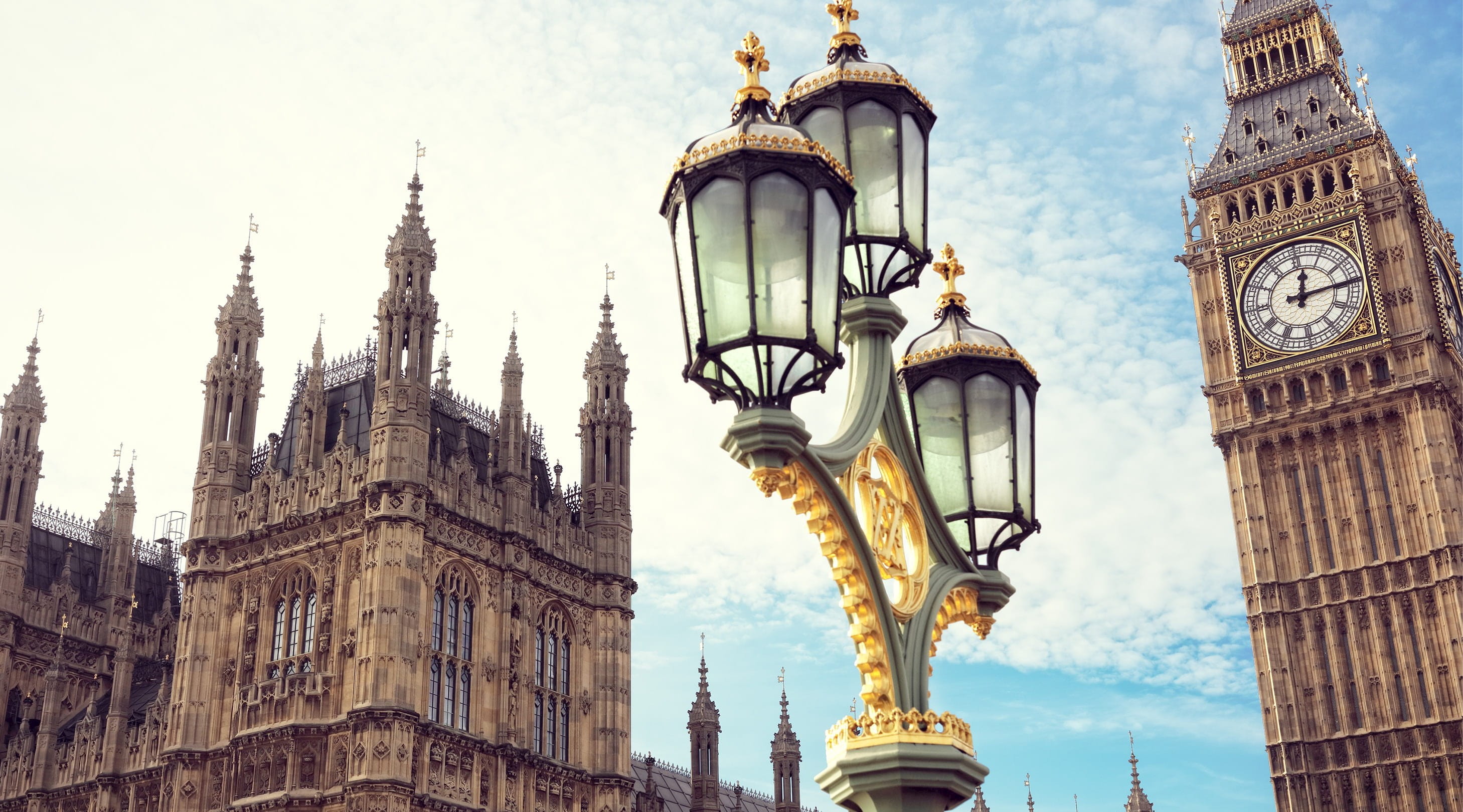The centre piece of the Spending Review and Autumn Budget 2021 was the already announced major tax and spending increase from the health and social levy, while a series of pre-announcements of (mostly) capital investment programmes obscured some relatively tough spending settlements for departmental current budgets.
As expected, the Office for Budget Responsibility revised its forecasts for economic growth upwards, reducing its estimate of the permanent scarring effect on the economy from 3% to 2%. The revised forecasts were a big contributor in reducing the forecast deficit for the 2022/23 financial year commencing in April by £24bn from £107bn to £83bn.
The reduction in the expected deficit next year was after absorbing £10bn from the effects of higher inflation on debt interest costs and an extra £27bn allocated to the Spending Review in 2022/23 over and above the £15bn provided by the health and social care levy. However, there is no supplementary pot for COVID-19 measures from April 2022 onwards, leaving departments to absorb any further costs arising from within their budget allocations.
By folding COVID-19 funding into the Spending Review for 2022/23 to 2024/25 in this way, the Chancellor was able to report real-terms increases in resource as well as capital departmental budgets. However, spending pressures remain intense and many departments are likely to need to find cuts in specific areas if they are to meet demands on public services, catch up on backlogs built up during the pandemic as well as cover the cost of what are likely to be higher public sector wage settlements than have been seen for many years.
Total departmental resource expenditure (RDEL) in the Spending Review increased from a March 2021 forecast of £393bn, £410bn and £427bn for 2022/23, 2023/24 and 2024/25 to £435bn, £443bn and £454bn respectively. The changes comprise £15bn, £12bn and £14bn from the health and social care levy announced in September 2021 and a further £27bn, £21bn and £13bn in the Spending Review. The total compares with the £385bn allocated in the current financial year excluding £70bn allocated for COVID-related spending.
Capital investment (CDEL) in the Spending Review has been set at £107bn, £111bn and £112bn in each of the three financial years ending 31 March 2023, 2024, and 2025, pretty much in line with previous announcements from earlier in the year. This still reflects a substantial increase when compared with the £99bn estimate for the current year, the £94bn for last year, and the £70bn recorded in 2019-20.
Welfare spending (outside the Spending Review) is expected to increase from £247bn in 2021-22 to £254bn next year, principally a consequence of inflation more than offsetting a £2bn saving from not continuing with the £20 universal credit uplift, and a £5bn saving from suspending the triple lock.
Total managed expenditure (TME) is expected to fall from £1,115bn in the last financial year to £1,045bn in both the current financial year and next year, before rising to £1,081bn in 2023/24, £1,108bn in 2024/25, £1,148bn in 2025/26 and £1,192bn in 2026/27. At the same time tax and other income is expected to increase from a pandemic-low of £795bn last year, to £862bn this year and £962bn next year, before increasing to £1,020bn, £1,061bn, £1,102bn and £1,148bn in the four following years.
The deficit is expected to fall from £320bn in 2020/21 to £183bn this year to £83bn in 2022/23, before falling to £62bn, £46bn, £46bn and £44bn in 2023-24 through 2026/27. Unlike the Chancellor’s two predecessors, the government is no longer planning to eliminate the deficit completely and instead is aiming to target a current budget surplus by 2023/24 – continuing to borrow to fund capital investment.
Public sector net debt is expected to increase from £1,793bn (84% of GDP) before the pandemic in March 2020 to £2,136bn (97%) in March 2021 to £2,369bn (98%) at the end of this financial year, before gradually rising to £2,561bn (98%) in March 2024, before stabilising in cash terms after that point but falling as a proportion of GDP to 88% by March 2027.
Despite the upbeat nature of the Budget announcement in the House of Commons, the Chancellor made some tough choices, while key announcements such as the Integrated Rail Plan and the Levelling Up White Paper were deferred into the future.
Alison Ring, Director of Public Sector and Taxation for ICAEW, commented: “The statement from the Chancellor was full of fizz, with capital investment across the country and additional funding provided for the five key Spending Review priorities of levelling up; net zero; education, jobs and skills; health; and crime and justice; partially offset by falls in COVID-19 funding.
“The tough decision to raise taxes through the health and social care levy gave the Chancellor more money to address some of the more immediate spending pressures of an ageing population, and the consequences of the pandemic. However, despite improved transparency on the government’s balance sheet, the Budget today left many questions about how he plans to get the public finances back under control over the longer-term.”
Insights special: Repairing public finances
ICAEW Insights takes a closer look at the efforts being made to repair public finances in the wake of the coronavirus pandemic.




